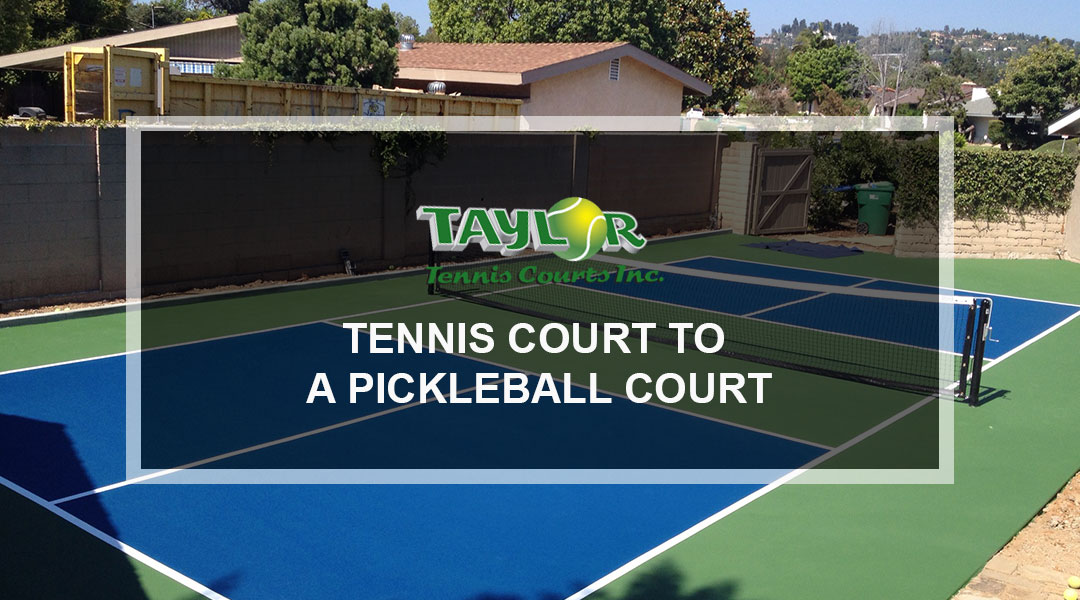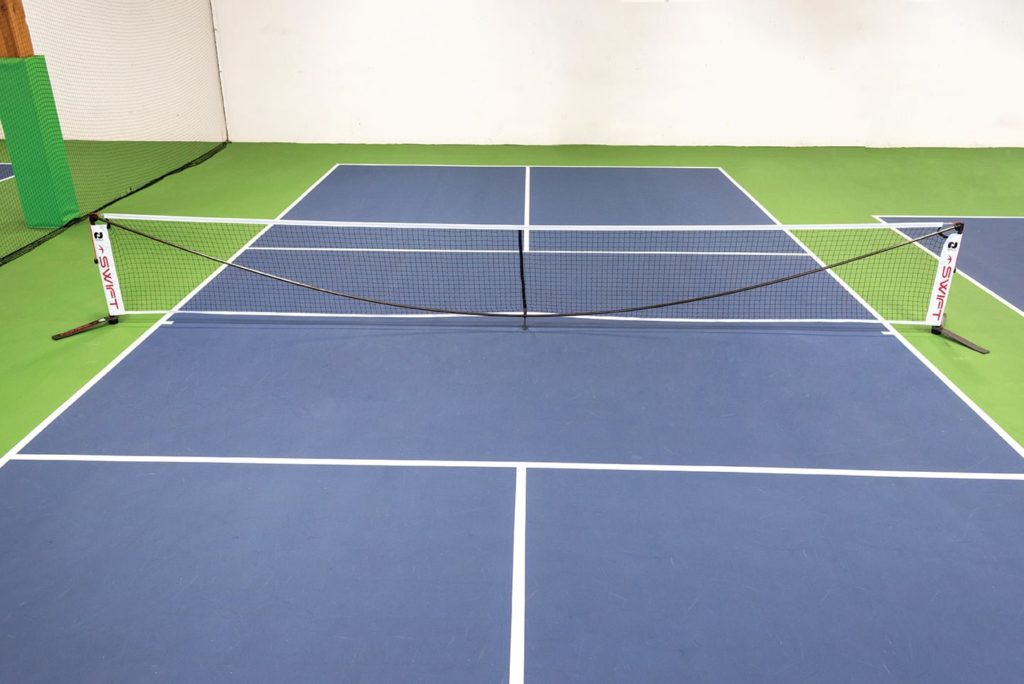Building a Pickleball Court Construction-- Expert Construction for Top Quality Play
Building a Pickleball Court Construction-- Expert Construction for Top Quality Play
Blog Article
Sustainable Practices in Pickleball Court Building You Must Know
As the popularity of pickleball continues to climb, so too does the demand for sustainable practices in court building. The effect of these methods extends far beyond the court itself.
Choosing Eco-Friendly Materials
Selecting environment-friendly products is an essential action in the construction of lasting pickleball courts. The selection of sustainable materials not only decreases environmental effect yet likewise boosts the longevity and performance of the court. Secret products consist of reused rubber for the surface area, which offers exceptional resilience and shock absorption while diverting waste from garbage dumps.
Furthermore, using in your area sourced products lowers transportation exhausts and supports regional economic climates. Pickleball court construction. For instance, making use of indigenous woods for fence and seats can supply a sustainable visual while ensuring resilience versus the aspects.
Including absorptive materials for court structures can even more add to sustainability by permitting for natural water drain and decreasing runoff. These selections not only safeguard regional environments but also advertise healthier play atmospheres.
Reliable Drainage Solutions
While the choice of green materials is vital, executing reliable water drainage options is equally important for maintaining lasting pickleball courts. Correct water drainage not just secures the court surface area from water damage but additionally lessens erosion and overflow, advertising ecological integrity.
Efficient drainage systems can consist of absorptive paving, which permits water to penetrate the ground as opposed to pooling on the surface. This minimizes the probability of standing water, which can bring about mold and mildew and other upkeep issues. Additionally, incorporating purposefully positioned drainage channels and swales can direct excess water far from the court area, guaranteeing a dry having fun surface and preventing dirt erosion.
Using indigenous greenery in the landscaping around the courts can even more boost drainage by soaking up excess water and lowering overflow. These plants call for less irrigation and advertise biodiversity, lining up with sustainable techniques.
In addition, it is critical to regularly maintain the water drainage system to ensure its long-term efficiency. This consists of clearing particles and tracking for obstructions. By focusing on efficient water drainage remedies, pickleball court manufacturers can considerably add to the sustainability and durability of the center, ultimately benefiting both gamers and the setting.
Energy-Efficient Lighting Options
As the need for pickleball remains to grow, incorporating energy-efficient lights options right into court style has become significantly important for sustainability. Conventional lights systems often eat excessive power, adding to greater functional prices and ecological impact. Taking on modern-day, energy-efficient modern technologies is vital for both brand-new buildings Recommended Site and restorations.
LED (Light Emitting Diode) lights stands out as a top option because of its long life and energy financial savings (Pickleball court construction). Contrasted to conventional illumination, LEDs make use of roughly 75% less power and can last approximately 25 times much longer, considerably reducing upkeep expenses. The directional nature of LED illumination decreases light contamination, ensuring that illumination is focused on the court instead than bordering locations.

Sustainable Surface Area Alternatives
Discovering lasting surface area choices for pickleball courts has actually gotten grip among builders and gamers alike. The emphasis on eco-friendly materials not only aligns with the growing environmental awareness but additionally improves the efficiency and durability of the courts.
This material provides exceptional shock absorption, decreasing the danger of injuries for players while advertising sustainability. These ceramic tiles are simple to set up and replace, and their convenience allows for numerous court setups.
Natural yard courts are additionally arising as a lasting choice, advertising biodiversity and reducing the warmth island impact. They call for normal maintenance and water, which may not line up with all sustainability objectives.

Water Preservation Techniques

An additional efficient technique entails the site web setup of rainwater harvesting systems. These systems save and collect rain for usage in preserving court surfaces and landscape design. This method not just conserves safe and clean water however additionally decreases dependence on local sources.
In addition, utilizing drought-resistant landscape design around the you could try this out courts is vital. Indigenous plants require much less water and are better adjusted to local environment conditions, therefore lowering overall water intake. Additionally, utilizing effective watering systems, such as drip irrigation, guarantees that water is supplied straight to plant roots, reducing dissipation and waste.
Conclusion
Incorporating lasting methods in pickleball court construction substantially contributes to ecological preservation and source efficiency. By focusing on these practices, the building and construction of pickleball courts can align with wider ecological objectives while promoting longevity and performance within areas.
As the popularity of pickleball continues to increase, so also does the requirement for lasting techniques in court building.Picking environment-friendly products is an important action in the building and construction of sustainable pickleball courts. By prioritizing energy-efficient illumination choices, pickleball court fabricators can add to an extra lasting future while fulfilling the needs of stakeholders and gamers alike.Incorporating lasting surface area alternatives not only enhances the performance of pickleball courts but also leads the means for implementing effective water conservation strategies.Including lasting methods in pickleball court building and construction substantially adds to ecological conservation and resource effectiveness.
Report this page